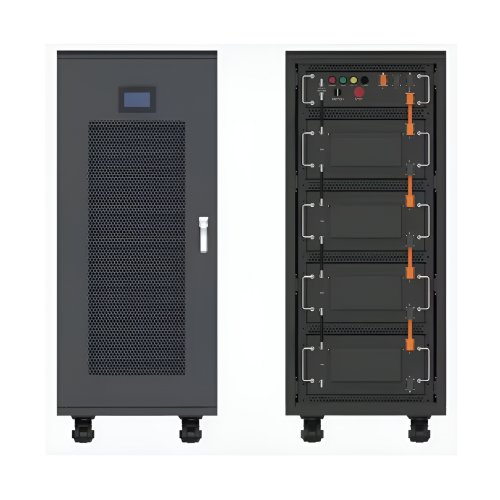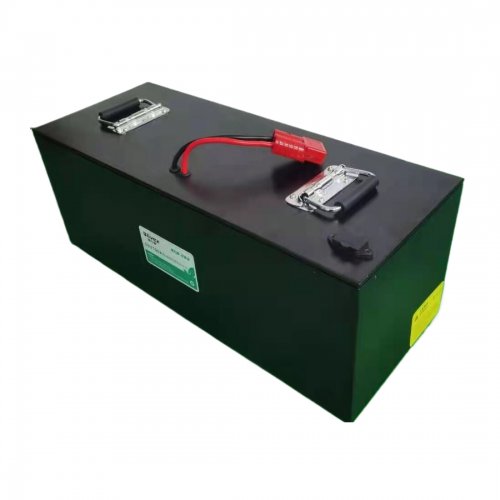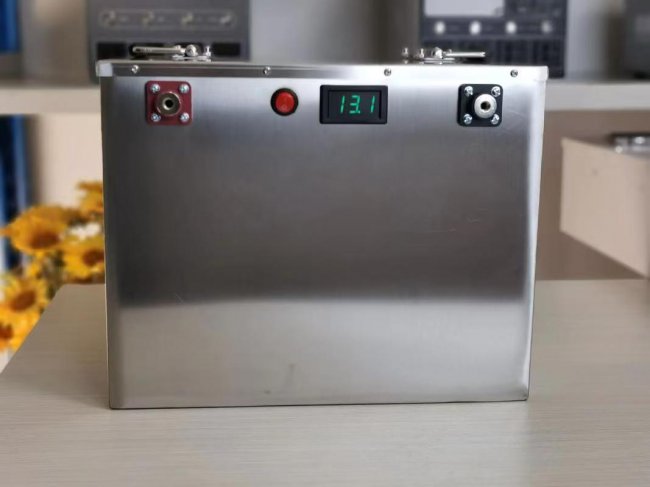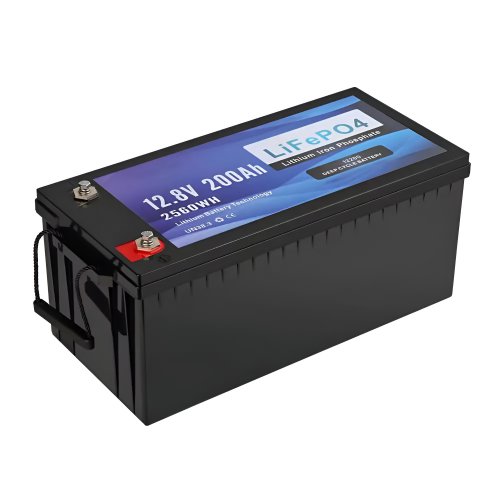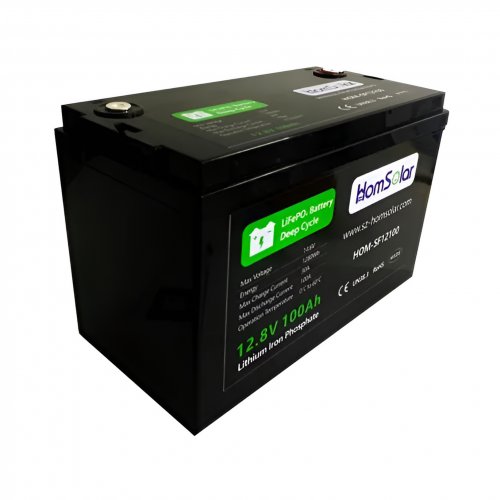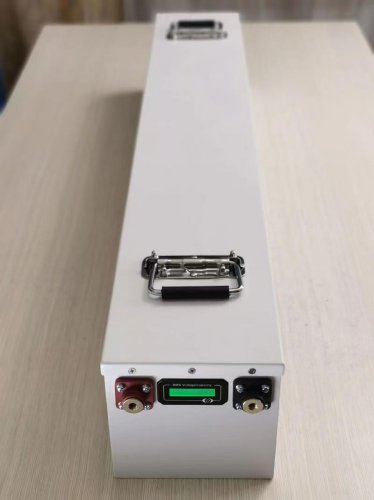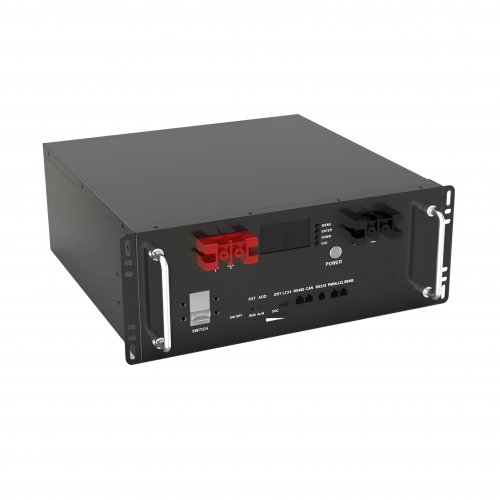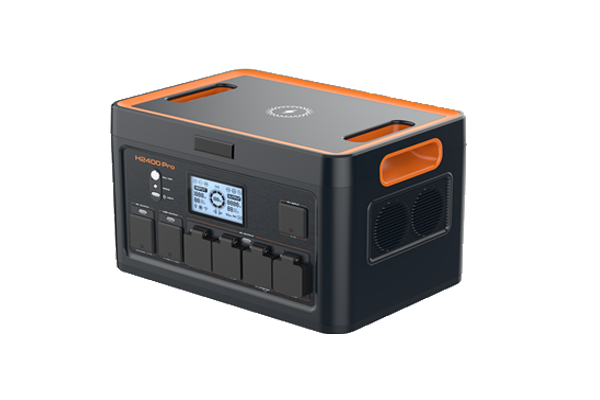Advances In Voltage Plateau: Unraveling Mechanisms And Engineering Strategies For Next-generation Batteries
The voltage plateau, a fundamental electrochemical signature observed in the discharge and charge curves of numerous battery materials, represents a phase transition process where the cell potential remains remarkably stable despite significant changes in composition. This characteristic is pivotal for applications requiring a stable power output, most notably in electric vehicles and grid storage. Historically, a flat, long voltage plateau has been synonymous with high capacity and energy density. However, the underlying phase transition mechanisms responsible for these plateaus are often accompanied by substantial volume changes, sluggish kinetics, and irreversible structural evolution, which can severely compromise cycling stability. Recent scientific endeavours have moved beyond simply observing these plateaus to actively deconstructing their atomic-level origins and engineering material architectures to harness their benefits while mitigating their inherent drawbacks, marking a transformative period in the field.
Decoding the Atomic Orchestra of Phase Transitions
A significant breakthrough in understanding voltage plateaus has been the integration of advancedin situandoperandocharacterization techniques. For instance, in high-capacity cathode materials like layered lithium transition metal oxides (NMC), the voltage plateau during delithiation is now understood not as a simple two-phase equilibrium but as a complex sequence of phase transitions involving lattice stacking sequence changes and transition metal migration.Grey and colleagues, utilizing operando X-ray diffraction and transmission electron microscopy, have visualized the nucleation and growth of distinct phases in real-time, revealing how localized stresses and cation disordering at the particle surface can lead to voltage hysteresis and capacity fade(Grey et al.,Nature Materials, 2021). This granular understanding shifts the focus from bulk properties to interfacial phenomena.
Similarly, in alloying-type anodes such as silicon, the long voltage plateau associated with the lithiation process (formation of Li~x~Si alloys) has been meticulously dissected. High-resolutionin situNMR and PDF (Pair Distribution Function) analysis have uncovered the existence of metastable amorphous intermediates before crystallization, challenging the classical view of a direct crystalline-to-crystalline transformation.McDowell et al. demonstrated that by pre-engineering a specific amorphous silicon structure, the stress evolution during the plateau reaction could be moderated, leading to a dramatic improvement in cycle life(McDowell et al.,Science, 2022). This work underscores that the "flatness" of the plateau is not merely a thermodynamic outcome but is kinetically dictated by the pathway of the phase transformation.
Engineering the Plateau: From Mitigation to Mastery
Armed with these mechanistic insights, researchers are now developing sophisticated strategies to engineer the voltage plateau behavior.
1. Strain and Defect Engineering: A primary cause of degradation during the plateau reaction is the immense mechanical strain from volume changes. A leading strategy involves creating controlled defects or pre-strained structures. For example, the introduction of coherent twin boundaries in intercalation compounds has been shown to act as a buffer, accommodating strain and providing fast diffusion channels, thereby maintaining the integrity of the voltage plateau over thousands of cycles.Cui's group reported a "lattice doping" strategy in spinel LiMn~2~O~4~, where specific dopants pin the phase boundary movement, effectively suppressing the two-phase separation and resulting in a sloping voltage profile that is intrinsically more stable(Cui et al.,Nature Energy, 2023). This represents a paradigm shift: sacrificing an ideal flat plateau for a slightly sloped one to achieve ultra-long lifetime.
2. Electrolyte and Interphase Optimization: The stability of the voltage plateau is intimately linked to the solid-electrolyte interphase (SEI). During the plateau, the constant volume expansion and contraction of electrode particles can fracture the SEI, leading to continuous electrolyte decomposition and capacity loss. The development of novel electrolyte formulations, particularly highly concentrated electrolytes and localized high-concentration electrolytes (LHCE), has proven highly effective.Zhang and co-workers found that a fluorinated LHCE forms a flexible, LiF-rich interphase on a silicon anode. This interphase remains intact and dynamically heals during the drastic volume changes occurring along the voltage plateau, enabling unprecedented Coulombic efficiency and cycling stability(Zhang et al.,Joule, 2023).
3. Multiscale Architecture Design: At the micrometer scale, architectural innovations are crucial. For cathodes with high-voltage plateaus (>4.5 V vs. Li/Li+), which are prone to oxygen release and transition metal dissolution, the design of core-shell, concentration-gradient, or single-crystal particles has been revolutionary. Single-crystal NMC cathodes, with their fewer grain boundaries, exhibit a more stable voltage plateau with reduced microcracking, as they better resist the anisotropic strain from phase transitions.Sun's team developed a radially aligned single-crystal architecture that provides short Li+ diffusion paths and robust mechanical integrity, effectively stabilizing the high-voltage plateau against degradation(Sun et al.,Nature Energy, 2022).
Future Outlook and Emerging Frontiers
The future of voltage plateau research is poised to become even more interdisciplinary and precise. Several exciting directions are emerging:Machine Learning-Accelerated Discovery: The complex relationship between composition, microstructure, and voltage profile is an ideal problem for machine learning. AI models are being trained to predict the voltage plateau characteristics of hypothetical materials, screening for combinations that offer a optimal balance between high capacity and minimal strain.Dynamic Interface Control: The next generation of "smart" electrolytes and interfaces will respond dynamically to the state of charge. Imagine an SEI that stiffens during the particle expansion phase of the plateau to prevent fracture, and softens during contraction—a concept moving from passive protection to active management.The Rise of Anion Redox: In Li-rich cathodes, the voltage plateau at high potentials is partly attributed to anion (oxygen) redox, a mechanism that offers extra capacity but is plagued by voltage fade (a gradual decay of the plateau). The grand challenge is to stabilize the lattice oxygen redox activity, potentially through topological ordering or surface passivation, to harness this extra capacity without sacrificing the plateau's stability.Beyond Li-ion: In sodium-ion and potassium-ion batteries, understanding and controlling voltage plateaus is equally critical. Research will focus on identifying and optimizing new host materials that undergo gentle, single-phase reactions or well-buffered two-phase reactions to ensure long-term stability.
In conclusion, the study of the voltage plateau has evolved from a descriptive phenomenon to a dynamic field of inquiry where atomic-scale mechanisms inform macroscopic engineering solutions. The collective progress in characterization, materials design, and interface science is transforming our ability to predict, control, and optimize this critical feature. The ultimate goal is no longer just to achieve a high and flat voltage plateau, but to engineer an entire electrochemical system where the plateau is a signature of robust, efficient, and long-lasting energy storage, thereby accelerating the adoption of advanced batteries across the global energy landscape.
Customized/OEM/ODM Service
HomSolar Supports Lifepo4 battery pack customization/OEM/ODM service, welcome to contact us and tell us your needs.


HomSolar: Your One-stop LiFePO4 Battery Pack & ESS Solution Manufacturer
Our line of LiFePO4 (LFP) batteries offer a solution to demanding applications that require a lighter weight, longer life, and higher capacity battery. Features include advanced battery management systems (BMS), Bluetooth® communication and active intelligent monitoring.

Customised Lithium Iron Phosphate Battery Casing
ABS plastic housing, aluminium housing, stainless steel housing and iron housing are available, and can also be designed and customised according to your needs.

HomSolar Smart BMS
Intelligent Battery Management System for HomSolar Energy Storage System. Bluetooth, temperature sensor, LCD display, CAN interface, UART interface also available.


Terminals & Plugs Can Be Customized
A wide range of terminals and plugs can be customised to suit the application needs of your battery products.

Well-designed Solutions for Energy Storage Systems
We will design the perfect energy storage system solution according to your needs, so that you can easily solve the specific industry applications of battery products.



About Our Battery Cells
Our energy storage system products use brand new grade A LiFePO4 cells with a battery lifespan of more than 4,000 charge/discharge cycles.



Applications in Different Industries
We supply customized & OEM battery pack, assemble cells with wiring, fuse and plastic cover, all the cell wires connected to PCB plug or built BMS.
Applications: E-bike, Electric Scooter, Golf Carts, RV, Electric Wheelchair, Electric Tools, Robot Cleaner, Robot Sweeper, Solar Energy Storage System, Emergency Light, Solar Power Light, Medical Equipment, UPS Backup Power Supply.
We can provide you with customized services. We have the ability to provide a vertical supply chain, from single cells to pack/module and to a complete power solution with BMS, etc.


HomSolar (Shenzhen) Technology Co., Ltd









